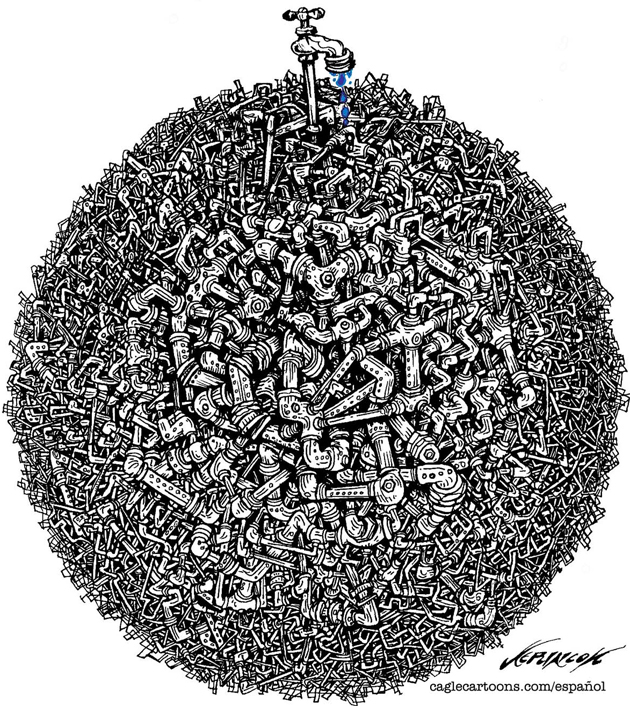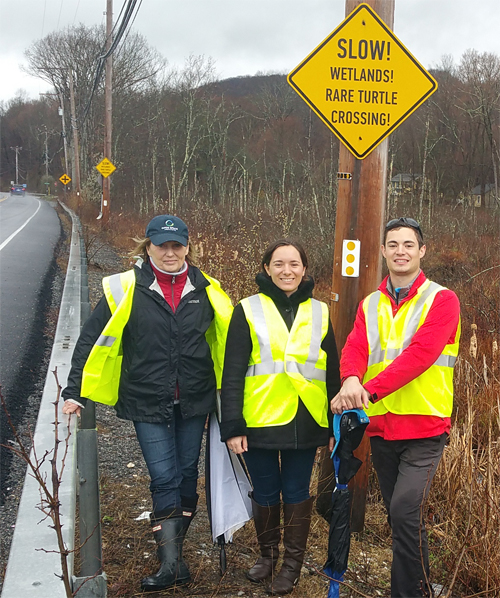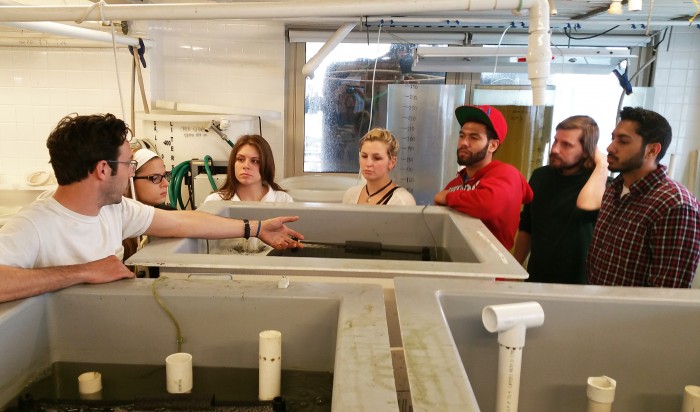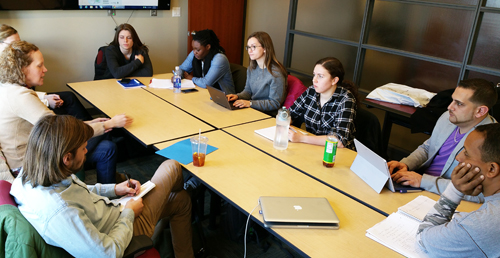There is little disagreement about the dire condition of our aging water infrastructure. And there is just as little being done about it. “The current rate of replacement for aging collection and distribution systems nationwide is less than 1 percent for most utilities,” according to the report 2013 Strategic Directions In The U.S. Water Industry, released June 11 by Black and Veatch, a global engineering, consulting and construction company.
Sparse public funding is to blame. Whether local, state or federal, and whether by loans, bonding or increased water and sewer rates, public dollars are the only viable method for funding repairs and replacement of infrastructure.
For decades, environmental groups, industry and states have called for a fresh flow of federal capital dollars to rebuild water infrastructure. Instead there has been a relative trickle, even though the nation’s drinking water and waste water infrastructures have earned a grade of “D” from the American Society of Civil Engineers.
Since the early 1960s, as the nation’s general infrastructure has aged fifty years, federal investment has declined more than 20%, according to the New America Foundation. This is a foreboding picture as we look ahead to the next three decades. The American Water Works Association estimates that a proper investment in water infrastructure will cost “at least $1 trillion over the next twenty-five years.” And ThinkProgress.org reports:
Though the drinking water situation is rapidly reaching crisis mode, Congress regularly fails to provide the necessary funding. The EPA estimates that between 2000 and 2019, funding to address water infrastructure needs will likely fall short by as much as $263 billion, or even more over the next 20 years as demand for water increases
Alexandra Dunn, executive director of the Association of Clean Water Administrators (ACWA) and former dean of environmental law programs at Pace Law School, joined the directors of seven other water organizations in a letter to the Senate and House leadership:
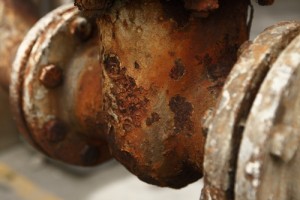 The federal Clean Water Act and Safe Drinking Water Act are critical to preventing, reducing, and eliminating water pollution across the country, and securing a safe supply of drinking water to Americans, giving states and localities a primary role in achieving these goals. These laws recognize the responsibility of the federal government to assist states and localities financially in achieving these important objectives. The provision of safe and adequate supplies of water is essential to the protection of public health and environmental quality and to the sustainable growth of our nation’s economy.
The federal Clean Water Act and Safe Drinking Water Act are critical to preventing, reducing, and eliminating water pollution across the country, and securing a safe supply of drinking water to Americans, giving states and localities a primary role in achieving these goals. These laws recognize the responsibility of the federal government to assist states and localities financially in achieving these important objectives. The provision of safe and adequate supplies of water is essential to the protection of public health and environmental quality and to the sustainable growth of our nation’s economy.
But federal dollars are trapped in the Washington tar pit and, according to Black and Veatch, “Pursuit of alternative financing, shared revenue and public-private partnerships remain a limited endeavor.” Charging users for the real costs of water, in all its uses, is a long-discussed but rarely implemented solution. Walter Baker, director of the Division of Water Quality in the Utah Department of Environmental Quality and past president of the ACWA supports the plea to Congress, but also told EarthDesk:
Financing mechanisms that are being discussed are only part of the solution to address the country’s water infrastructure needs. The others are: charging adequate impact fees so that growth bears its proportionate burden; establishing a restricted account to replace a fully depreciated system; and charging user rates sufficient enough so that proper [operation and maintenance] takes place.
The Black and Veatch report adds weight to Mr. Baker’s approach:
Financing these programs is going to be extremely challenging for many utilities. Many in the finance community are concerned that traditional approaches to obtaining bond market capital may no longer be sufficient to meet the massive needs of the industry, particularly given the post-recession aversion to risk.

